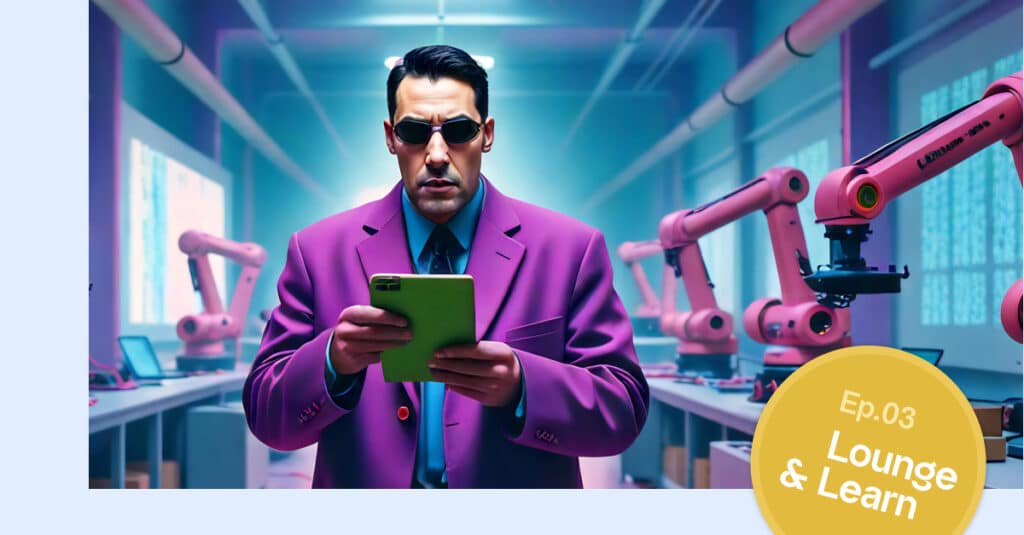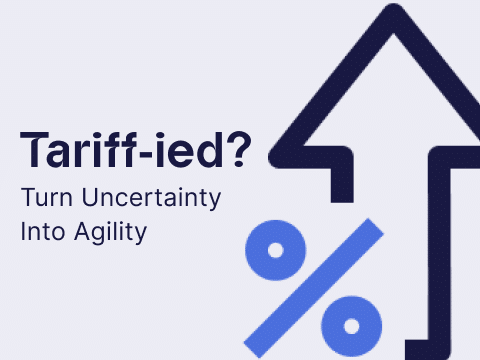
With unplanned downtime costing manufacturers billions, conducting a criticality assessment can help. Join Augury’s Solutions Architect Brian Richmond for an on-demand webinar to learn the business case for performing a criticality assessment and to gain valuable tips and tricks for creating your own matrix.
The Power of Knowing What Machines Matter Most
A criticality assessment can help you stay up and running by identifying your most important assets, improving the reliability of your equipment, and reducing unnecessary parts inventory.
Besides presenting the business case for performing a criticality assessment, this webinar will teach you ‘the how’ behind doing a criticality assessment.
- The important stakeholders who should buy-in
- How to create your own matrix
- How to rank your assets from most to least critical
“A criticality assessment not just a nice thing to have, it’s a need”, says Brian Richmond, the webinar’s expert presenter.
Addressing the Need

During the live webinar on June 30th 2021, we learned that while two-thirds of the attendees had not yet done a criticality assessment, they did already have a clear view on the categories they would want to use to measure the consequences of a machine failure. ‘Safety’, ‘Downtime Incurred’, ‘Cost to Maintain’ and ‘Time to Repair’ came out on top.

Meet Brian, Solutions Architect
Brian Richmond is Solutions Architect at Augury and former Regional Reliability Manager at Roseburg Forest Products. He’s passionate about his work – and the power of data.
Before arriving at Roseburg, Brian spent two decades in the U.S. Navy, planning maintenance work on nuclear submarines and developing training programs for engineers. “My upward mobility in the Navy was very quick. By the time I had been in for five years, I had a department that I was responsible for and a lot of people who worked for me that were significantly older than I was,” recalls Brian.
“It’s really hard to argue with experience. But what I learned quickly is that you have to have data. The person with the most accurate data and the most data can usually prevent an argument from even occurring.”
And that’s what the criticality assessment is all about: taking the quantitative data to the next level without bringing emotions into the equation.
Glowing Reviews
Interested in learning more? Over half of the attendees said they felt prepared to do a criticality assessment after attending this half-hour webinar.

Let’s get started.




